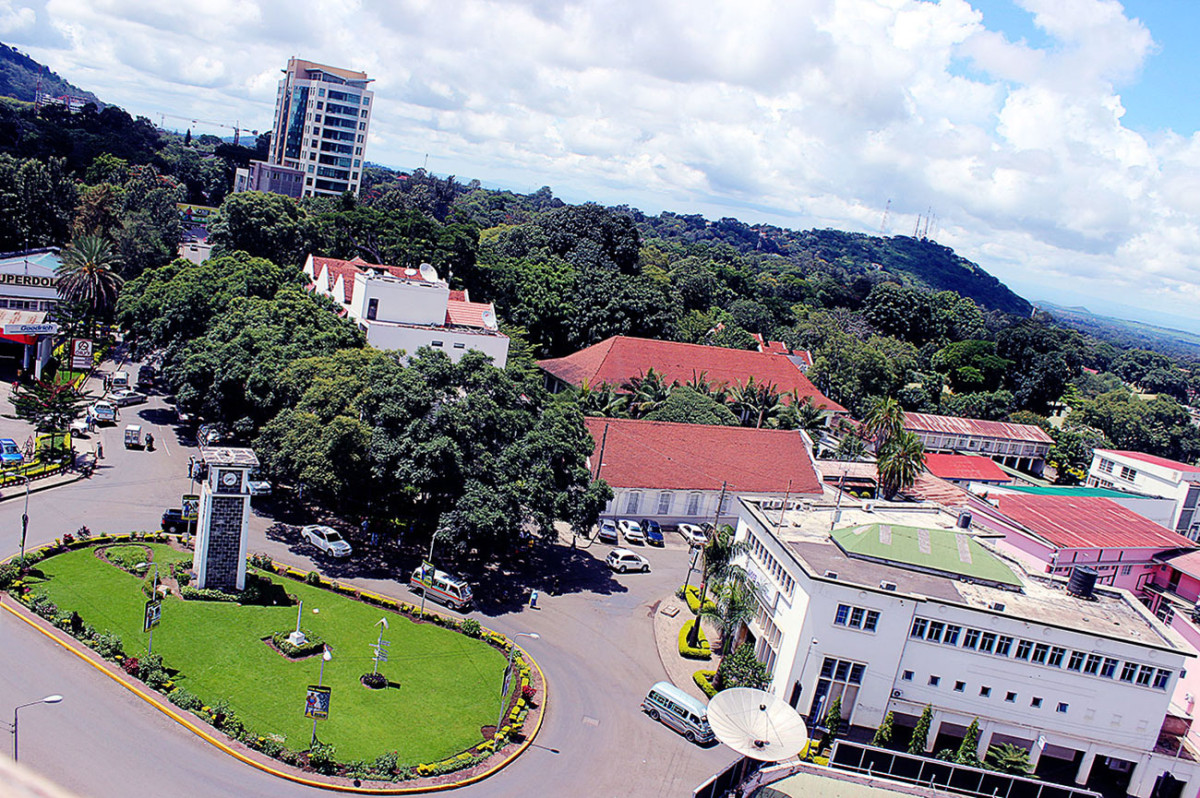The town is most popular and convenient springboard from which to explore the legendary northern game-viewing circuit.
In Arusha practically everything centers on the safari industry. From 1978 to today, it has risen from ninth largest town to second-largest town, with a population of 270,000.
Arusha National Park
Arusha National Park is often overlooked by travelers rushing to the more famous sights of the Ngorongoro Crater, Tarangire, lake manyara and Serengeti. However, with a little time, Arusha National Park offers some lovely walking in the foothills of Mount Meru and canoeing on the Momela Lakes, plus gentle game drives. If you have the time it is well worth a day or two.
There are a range of activities to do in Arusha National Park. This includes walking safaris which are always accompanied by a ranger and last for a maximum of four hours, during which you would stop for a break at one of the park’s lovely picnic sites. You can also explore the far reaches of the park by vehicle, taking in some of the lovely views and keeping an eye out for wildlife. Another great activity here and one not found in other safari parks in Tanzania, is a canoeing safari which allows you to explore the Momela Lakes.
Flora & Fauna of Arusha National Park
Within the park there are three broad areas to be found: Ngurdoto Crater (surrounded by forest), the Momela Lakes (alkaline) and Mount Meru (lush forest and bare rock). These are all at varying altitudes and as a result have very different vegetation – it is all this that helps to make this such a diverse park to visit.
Animals
Despite its small size, Arusha National Park has a rich variety of wildlife. Within the park’s three vegetation zones, many different kinds of animals can be found. Near water, reedbuck and waterbuck can be spotted, while shy bushbuck and duiker keep to the forested parts of the park. The Mount Meru eco-system is especially diverse, and home to some of the more elusive larger mammals, such as leopard and hyena.
Birds
Almost 400 species of birds have been recorded in the park. Some of them are migratory and only present between October and April, others are permanent residents. Especially the Momela lakes are a great place for bird watching, which host a large concentration of waterbirds, including flamingos. There is also a variety of raptors, which hide in the forested areas of Mount Meru.
Vegetation
The park is only 137km² but includes a diverse range of habitats. There are three distinct areas to be found: Ngurdoto Crater, the Momella Lakes and the rugged Mount Meru. Correlated to the altitude and geology of Arusha National Park you can find mountain rainforests, open savannah, alkaline lakes and even a volcanic crater. On clear days you get great views of Mount Meru, which is Africa’s fifth highest mountain and within the parks boundary. You can also see across to Kilimanjaro – which is 50km away.
Arusha’s Airports
There are two airports nearby: Kilimanjaro International Airport is 40km northeast of town. This airport is most commonly used for larger international flights from Kenya, Nairobi and Europe, whereas Arusha Airport, which is on the town’s western fringes, is usually used for domestic flights around Tanzania.

